-
Posts
1,718 -
Joined
-
Last visited
Content Type
Profiles
Forums
Gallery
Events
Posts posted by flying_dutchman2
-
-
-
Belt sanded balsa blocks which are all 34mm wide and fit in between the bulkheads.
I inherited this monstrosity from a cabinet maker. If I don't watch what I am doing the wood disappears in no time :-)
Balsa spacers in between the bulkheads.
Added a notch on top of the bulkheads so they are all aligned with each other. Something I have not done before and it helps in keeping the bulkheads in a straight line.
Started glueing the bulkheads to the balsa spacers
Marcus
-
Put all the bulkheads in a wooden clamp with computer foam in between them. This setup will give me an idea of the forms of the fluit.
Side view
Stern view
Bow view
The foam will be replaced with balsa. All the balsa will be 34mm long between each bulkhead and that is what is next.
Creating the transom and where the tiller goes into the ship is going to be a difficult exercise. I am not so worried about the bow.
When I build a ship the most difficult areas are the bow and the stern
Marcus
-
12 hours ago, Omega1234 said:
Hi Marcus
You’re off and racing! It looks like this is going to be a big hull, judging by the size of those bulkheads.
All the best with the building.
Cheers
Patrick
Patrick,
Big hull it is. Big boat overall. I am thinking it should be easier to built than a smaller scale.
Marcus
-
-
Finished rough cutting the 20 bulkheads out of 5mm thick Baltic birch. They will be carefully sanded to a width of around 8mm.
The keel is in 2 pieces and will use N. Witsen book, the one Ab Hoving translated, to create this.
Been looking through that same book and will use many of the examples in creating the various items for the fluit. This is a great way for me to learn how Dutch ships were built in the 17th century.
Marcus
-
-
-
-
1 hour ago, amateur said:
Nice ship, not the easiest hull to plank.
(Never tried one myself, but saw lot of strugling )
Emke's drawings show enough detail to keep you busy for some time .
Jan
Cog,
Agreed on the planking of the hull. I have checked some Euro sites and people that build the Fluit say that they have/had problems. Some gave up and others completed the model.
There will be lots of bending of planks in very different curvatures. I am looking forward to this challenge and will complete the Zeehaen, to whatever it takes
Marcus
-
-
-
Titlle - The ships of Abel Tasman.
Author - Ab Hoving
Plans - Cor EmkeThe book incldes detailed information about the voyages, many pictures of the two ships as models and various paintings, detailed instructions of how the models are build whicth is the "shell-first" method, and an appendix of all the dimensions of the parts that make the models.
Detailed plans (21 sheets) of both ships in the scale of 1:75.
CD-Rom has all the plans in the following scale. 1:50, 1:87. 5, 1:100, and 1:150.
It also contains all the pictures in the book.The Build
The paper plans are in the scale of 1:75. I am going to double the scale to 1:37.5 and the reason for this is that I want to built a large ship with lots of details. I have built many small Dutch vessels, so I am due for a big one.I took the body plans of the Fluit and copied them at twice the size on the printer. Made 12 templates and added another 8 so that I have a total of 20.
There is a bulkhead every 38mm.
Took some computer Styrofoam and cut two long rectangular pieces from it. Made a slit every 38mm and slipped the templates in there designated slots, from #5 to #95.
Looking at all the bulkheads in a row gives me a good idea of the lines of the Fluit. These are extra steps and works for me. I did this as well with the Boyer and that ship came out great.
Used quarter inch ply and drew each template on the wood.
Next step will be to cut out the frames with the scroll saw.
Thank you for reading all of this
Marcus
-
Abel Janszoon Tasman Biographical Note
Abel Janszoon Tasman (c. 1603-1659) was born in Lutjegast, near Groningen, in the Netherlands. Not long after his marriage in 1632, he sailed to the East Indies and in 1634 he was the mate on a vessel sailing from Batavia to Ambon. He spent two years in the Moluccas seas, before returning to the Netherlands in 1637. In the following year, accompanied by his wife, he left the Netherlands permanently and settled in Batavia.
Between 1639 and 1641 he commanded a number of expeditions to Japan, China, Formosa and Cambodia and acquired a reputation as a competent commander of long-distance expeditions.
In 1642 the Governor-General and Council of the East Indies resolved that Tasman should command a major exploring expedition to determine the extent and coastline of New Holland. He was to proceed to Mauritius and then sail eastwards at 52-54 degrees S. lat., a latitude never sailed before. He would then sail eastwards as far as the longitude of New Guinea and the Solomon Islands to establish if there were any lands at that latitude.
He was also directed to examine the northern coast of New Holland and ascertain if a passage south divided the west coast of Cape York from the coast of New Holland to the west. Sailing in the yacht "Heemskerck, burthen 120 tons, and the fluit "Zeehaen, 200 tons.
Tasman discovered the southern coast of Tasmania, which he named Anthony Van Diemens Landt, and the western coasts of New Zealand, which he named Staten Landt.
Landings at both places were very brief and the Batavian authorities later expressed concern that he had not fully examined the lands and people that he had encountered. Tasman then sailed north to Tonga and Fiji and returned to Batavia around the northern coast of New Guinea.
In 1644 Tasman commanded the Limmen, Zeemeeuw and Bracq on a second voyage to New Holland. Leaving Banda in February 1644, he sailed along the southern coast of New Guinea, but failed to discover Torres Strait. He then charted the Gulf of Carpentaria and the northern and western coasts of Australia as far as North West Cape.
The expedition covered a huge stretch of coastline, but because it sailed some distance from the coast it failed to establish that Croker, Melville and Bathurst and various other islands were in fact islands. Tasman was a member of the Council of Justice of Batavia in 1644-48. In 1648-49 he led a fleet of ships with the intention of attacking Spanish vessels in the Philippines, but the expedition had only limited success. In his last years he was a merchant in Batavia.
Next, some information on the book and plans.
(If you got this far.... Thank you for reading and now you have a basic understanding of this unique and very successful ship)
Marcus
- peveka, FriedClams, GrandpaPhil and 2 others
-
 5
5
-
For my next build which is the Zeehaen 1639, a Dutch fluit used by the Dutch explorer Abel Tasman. But first some historical background information of a Fluit.
Shipbuilders, skippers and other curious people, from near and from far, travelled to Hoorn in Noord Holland to look at the new ship. A prominent merchant, Pieter Janszoon Liorne, had turned his view of the ideal merchant vessel into reality. By the end of the sixteenth century there existed a ship type called a fluit, which had some specific characteristics.
Seen from the side a fluit looks just like any old three-masted sailing ship. The mainmast and the foremast have square sails and the aftermost mizzenmast has a triangular lateen-sail occasionally supplemented with some smaller sails on the bowsprit and mizzenmast.
The particularities of the fluit’s hull become apparent when seen from above or from astern. From above the outline of the hull appears as a rectangle box with slightly rounded corners. Seen in cross section the sides of the hull slope inwards, so-called ‘tumble-home’, which result in very narrow upper works. The rounded lower parts of the stern are crowned by a narrow flat transom, giving it a pronounced pear-shape. It might be that this shape, which stern-on gave the impression that the after works looked something like a thinly shaped glass, a flute, is the origin of the name.
The Dutch fluit was a classic merchant ship of the 17th century. It was built to be economical in operation, carrying the largest cargo and smallest crew possible. The rigging was designed to be sailed and operated with proportionally small crews (12 to 13) , and its narrow upper deck was designed to evade Danish customs dues when passing through the sound in to the Baltic, where duties were levied according to the size of the breadth of the deck.
There are several reasons for building a hull of this shape. Keeping the center of gravity low is perhaps the most obvious. The idea that the hull shape of the fluit was adjusted to cut costs probably derives from the general reputation of the Dutch merchants at the time. Creating a ship type that kept costs to a minimum becomes just another way to confirm their superiority and skill when it came to making profit.
The fluit was a total success. From the end of the 16th century to the
mid 18th century fluits were amongst the most common type of merchant vessels in Northern Europe and the Baltic Sea. In the Dutch Golden Age, 80% of the ocean going vessels were fluits and were built at an average of 400 to 500 annually. They were easy and cheap to build thanks to standardization of design as well as a technological improvements, such as the sawmill, which was invented by the Dutch.The fluit was a ‘multi-purpose’ vessel, a ship that with slight adjustments could meet a wide range of demands. Even if the term embraces a range of ships which share some important characteristics, there are variations with important differences. The size of fluits varied considerably. The smallest versions, sometimes referred to as the boot, were 86 feet at most (around 24m), whereas the largest versions were 140 feet (just over 39 m) and larger. Variations of the basic concept did not only affect the size, but included some special features connected to the trades in which these ships were used.
Noortsvaarders or Houthaalders - Woodhauler was developed with ports in the bow and stern for loading long beams and timbers, They were of about 300-350 tons, with simple hulls and an armament of small guns.
Ostervaarders, especially designed for the shallow harbours of the Baltic Sea.
Fransvaerders, Spaensvaerders and the Straetsvaerders, so called because they were used in the trade with France, Portugal or Spain and the Mediterranean (through the straits). From the exterior, they differed from the other varieties through the beakhead
The Vereenigde Oost-Indische Compagnie, VOC, (United East India Company), employed a number of fluits.
Fluits were also used as whalers which are easy to distinguish in depictions as they have davits on the sides for lifting whaling boats.
Next, a biography about Abel Tasman
Marcus
- Elijah, Niklas, GrandpaPhil and 5 others
-
 8
8
-
8 hours ago, Mirabell61 said:
Hi Marc,
excellent looking Dutch ship models....

Nils
Thanks, Nils
Marcus
- mtaylor and Mirabell61
-
 2
2
-
To the King of Itty bitty scale:
The attention to detail is awesome. The paintings are a nice touch.
Marcus
- cog, mtaylor, CaptainSteve and 2 others
-
 5
5
-
- Omega1234, Piet, GrandpaPhil and 3 others
-
 6
6
-
-
-
-
Jan and cog,
I think Jan has mentioned the following in one of my builds.
It was mentioned that a modeler in Holland attempted to build a Dutch ship "shell first", and he had difficulty doing that. Can you give me a link to that?
I am assuming one has to be able to read contracts. I have tried that and once I get to the measurements of the stem post and the transom I am stuck. Everytime I read a contract I draw it out on paper and it works for the keel and the bow. But the rest I can't figure it out.
I know that reading a contract and taking the measurements to build a ship is possible because Ab Hoving has done it. The ships in the 17th century merchant ships book are done this way
Any information would be appreciated.
Marcus
-
-




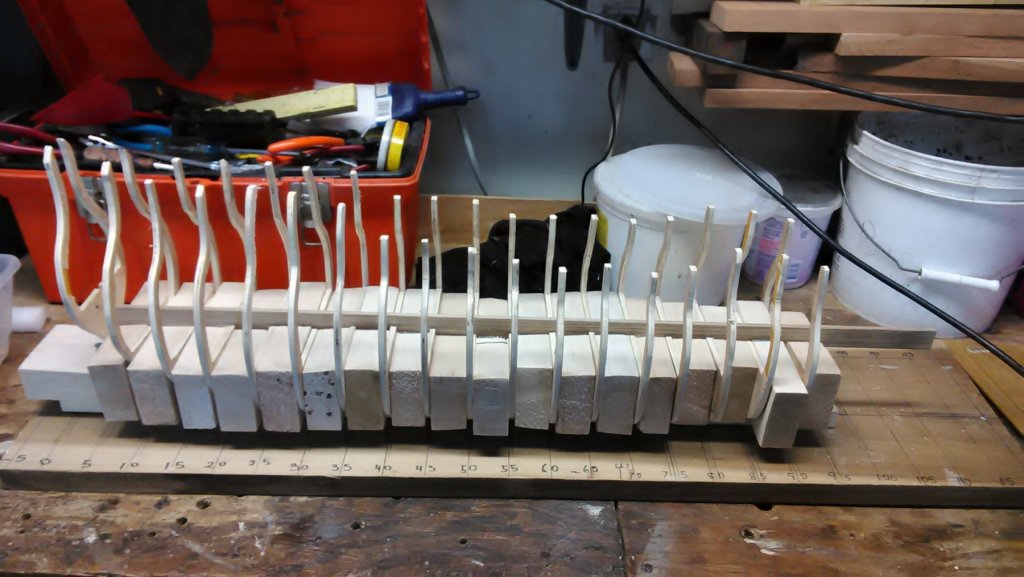
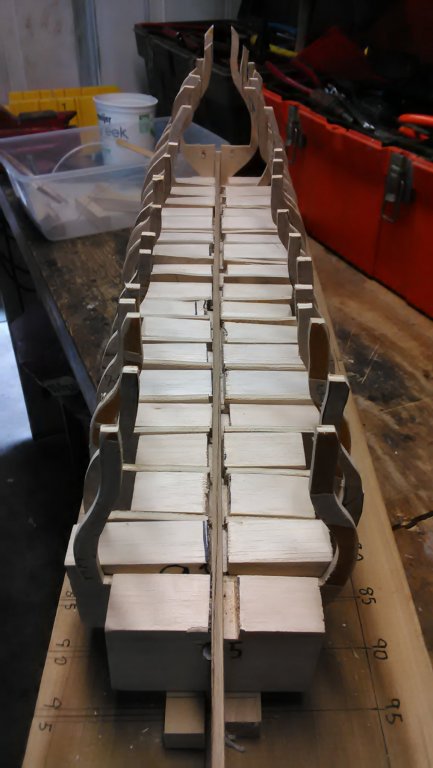
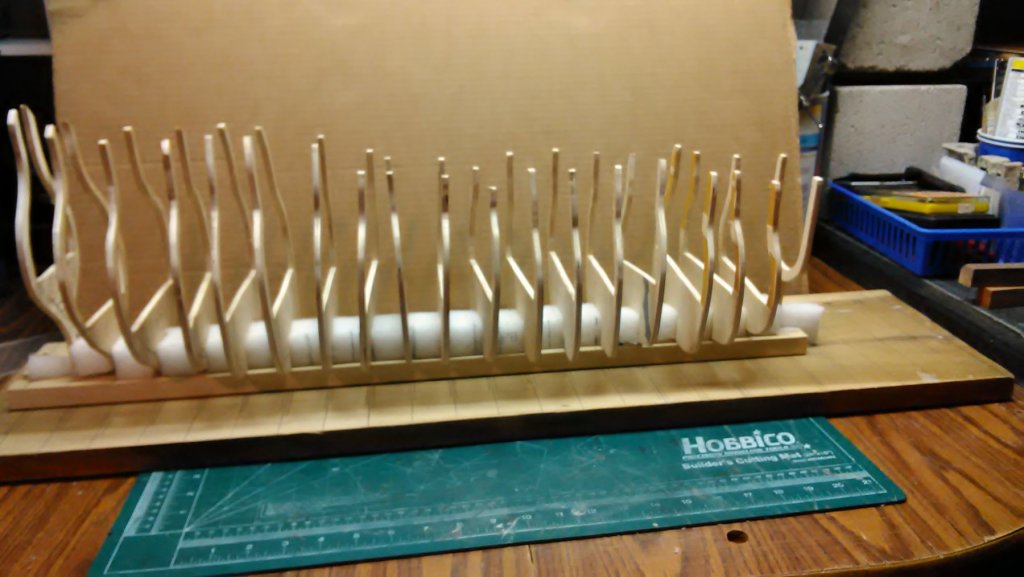
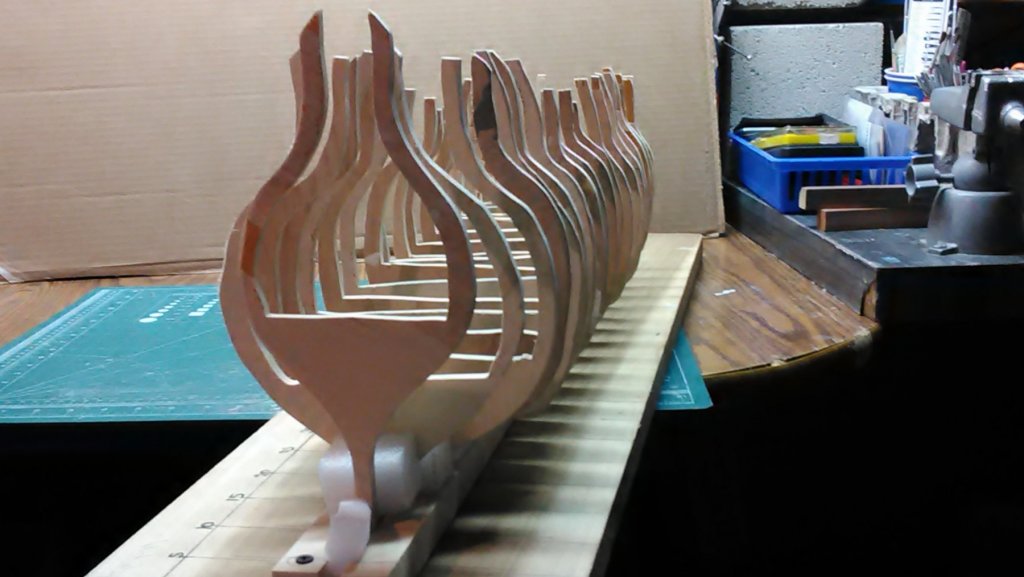
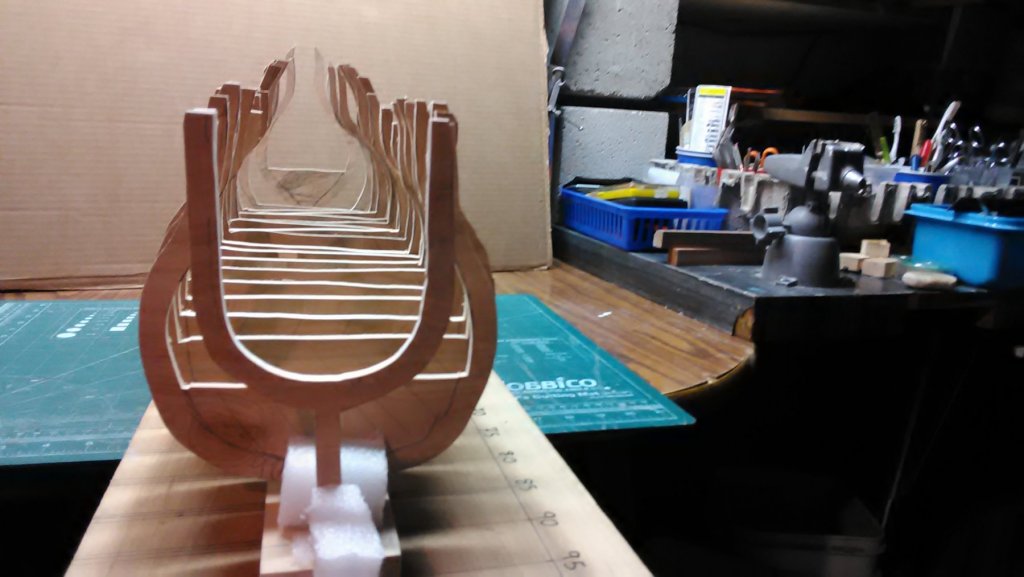
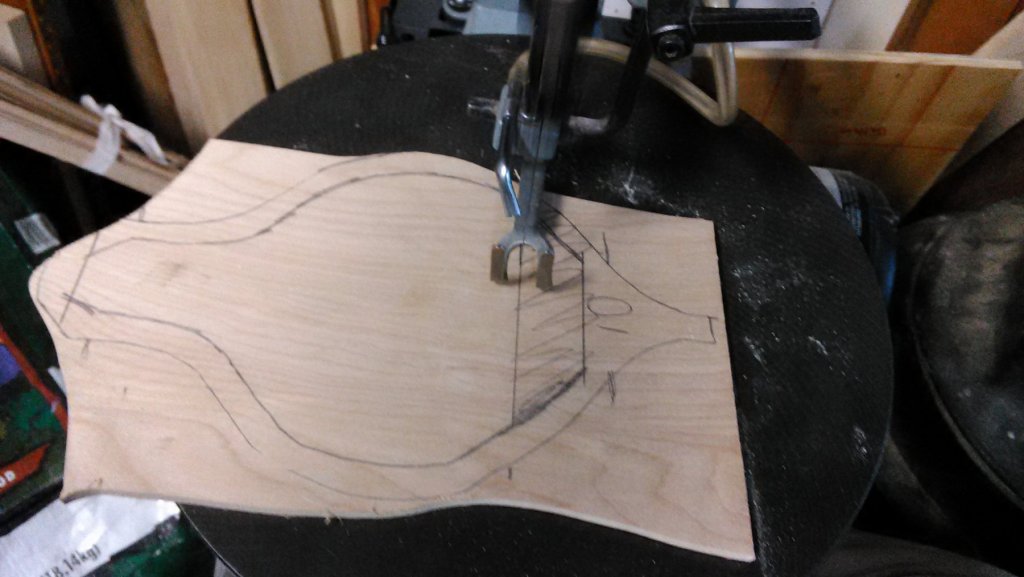
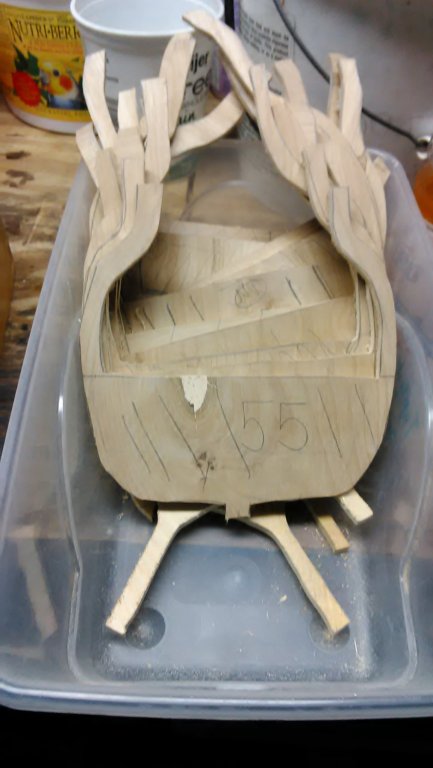
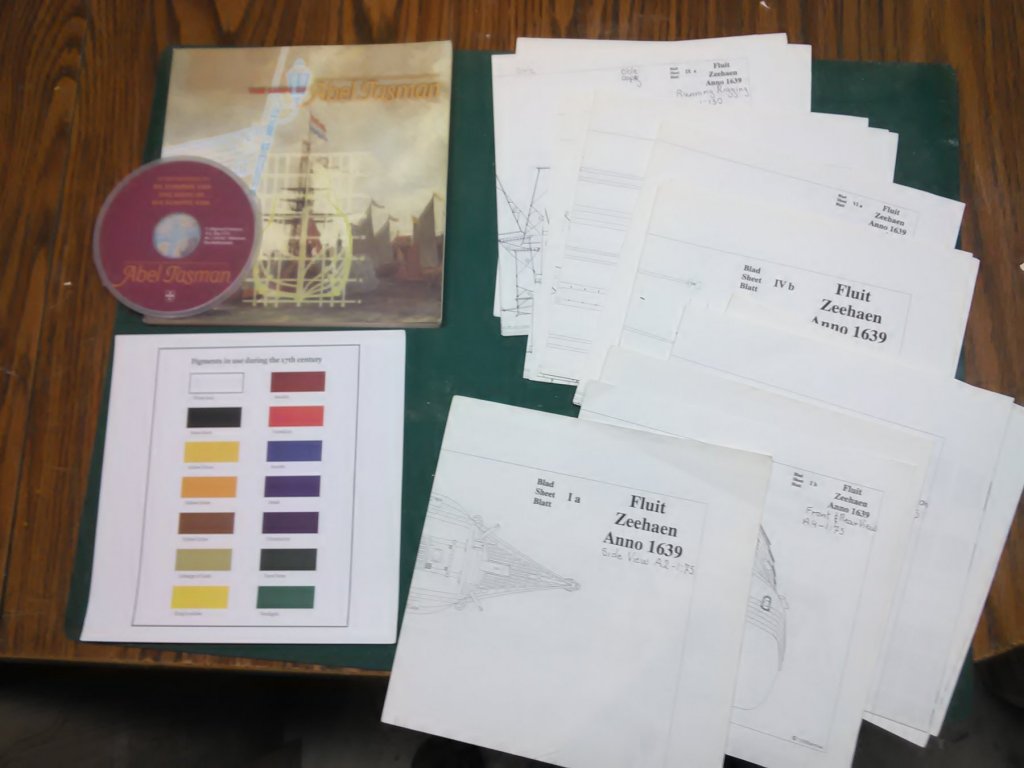
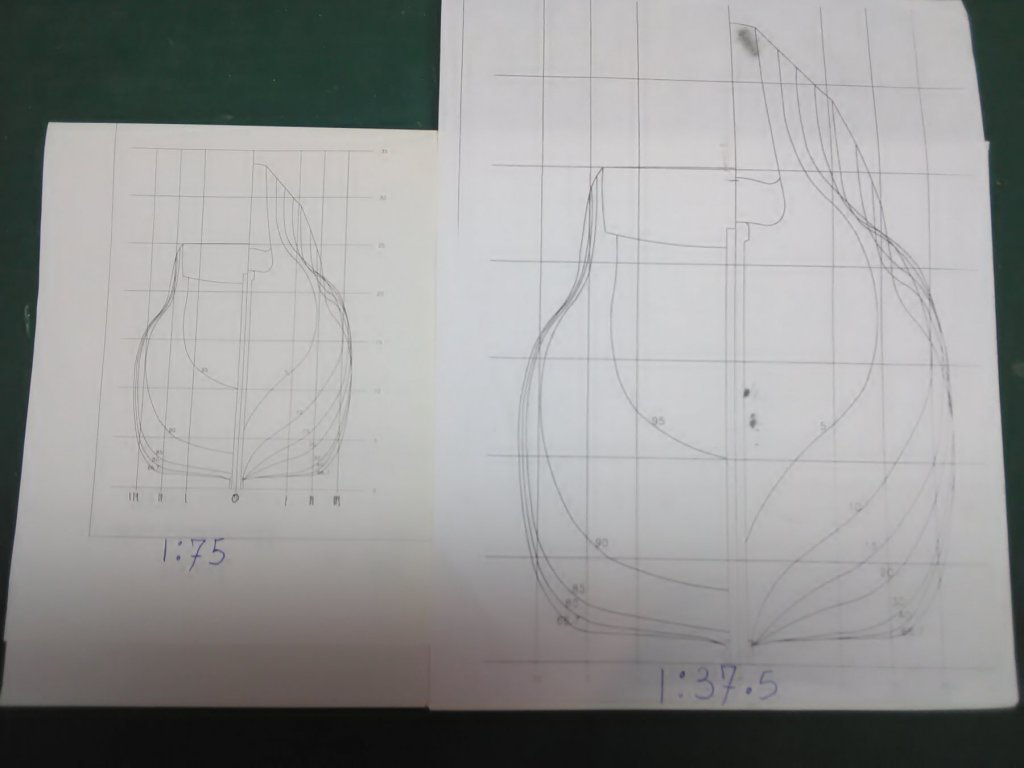
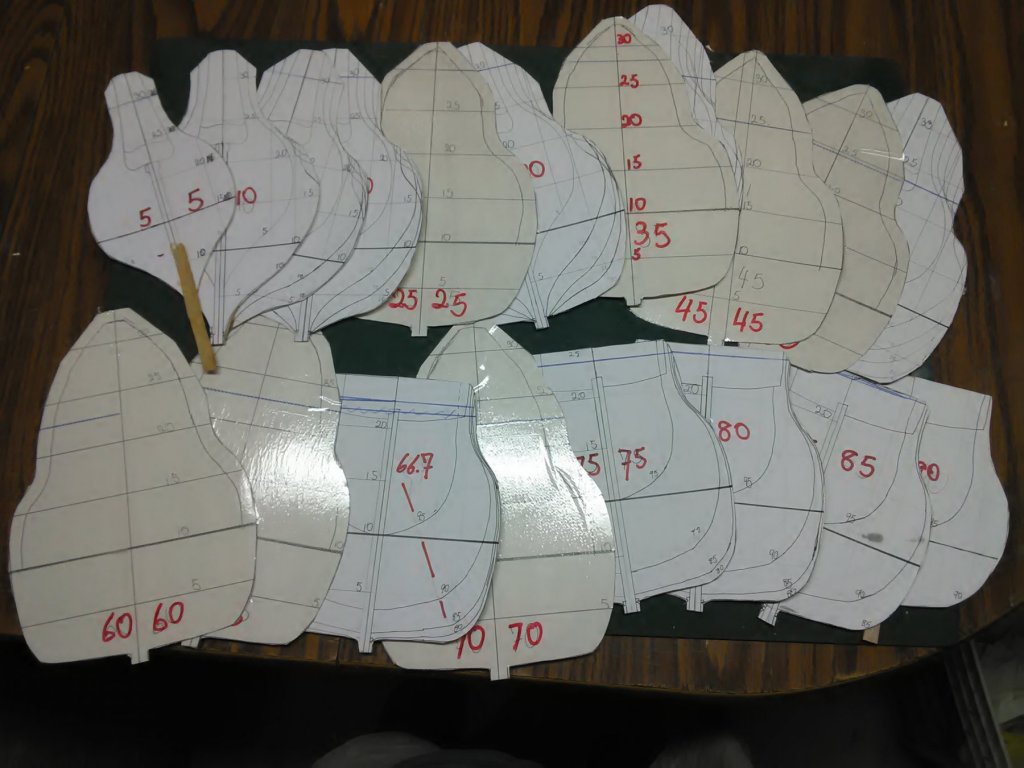
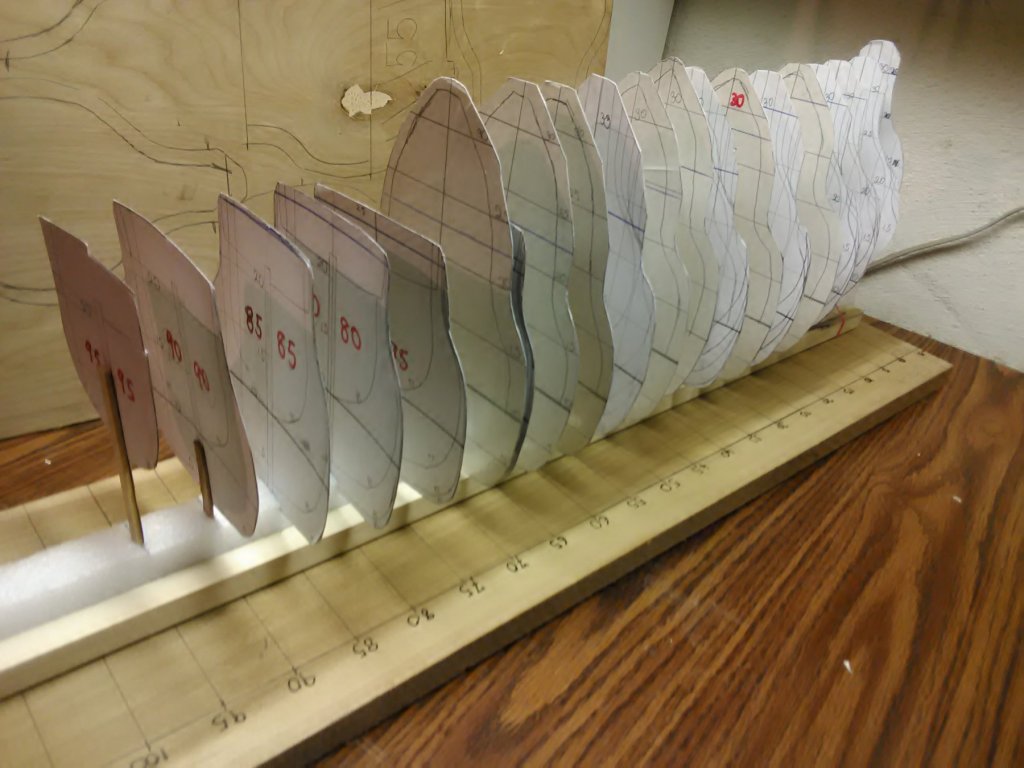
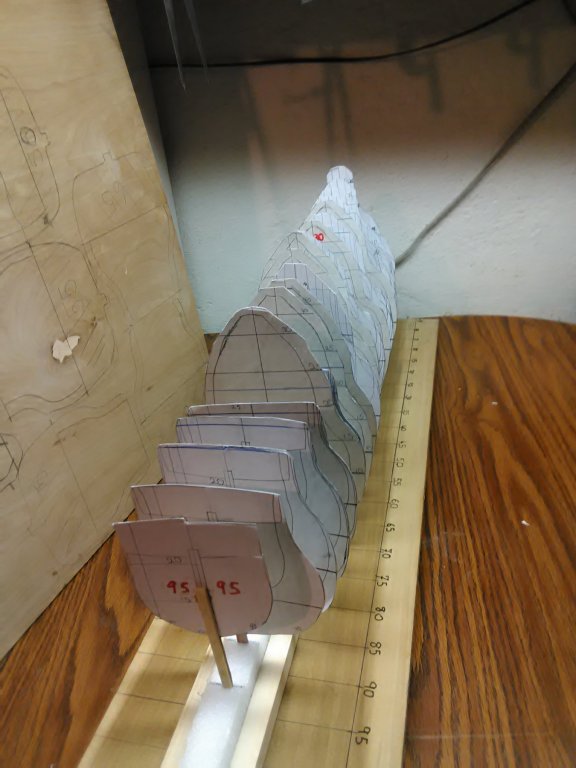
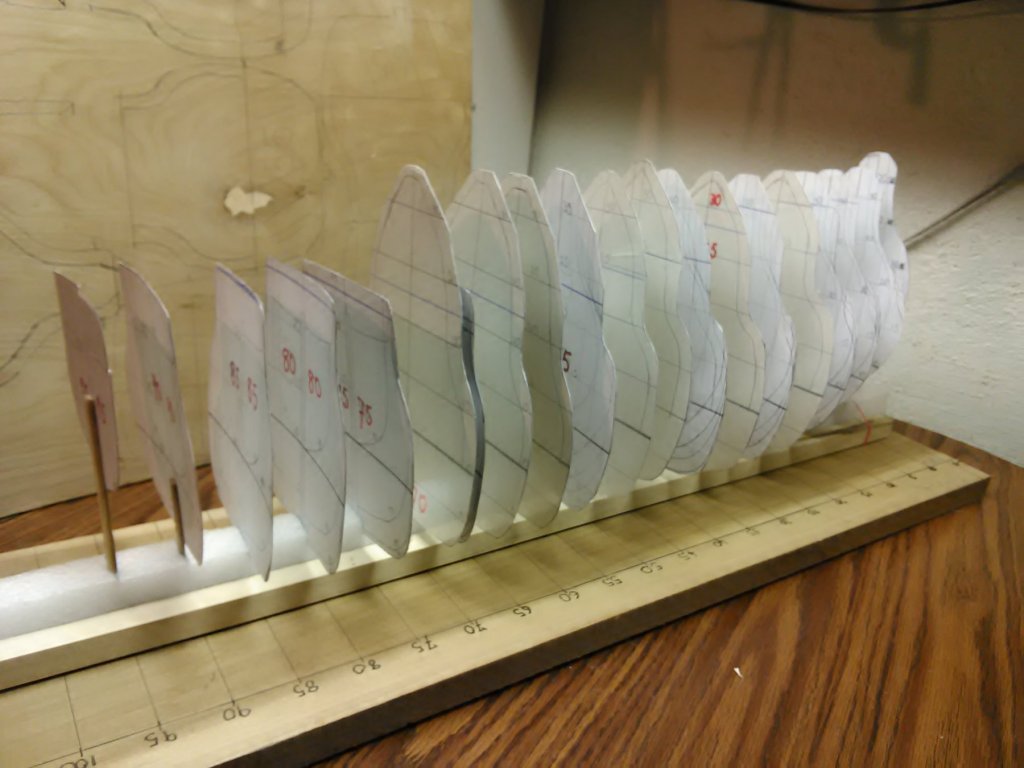
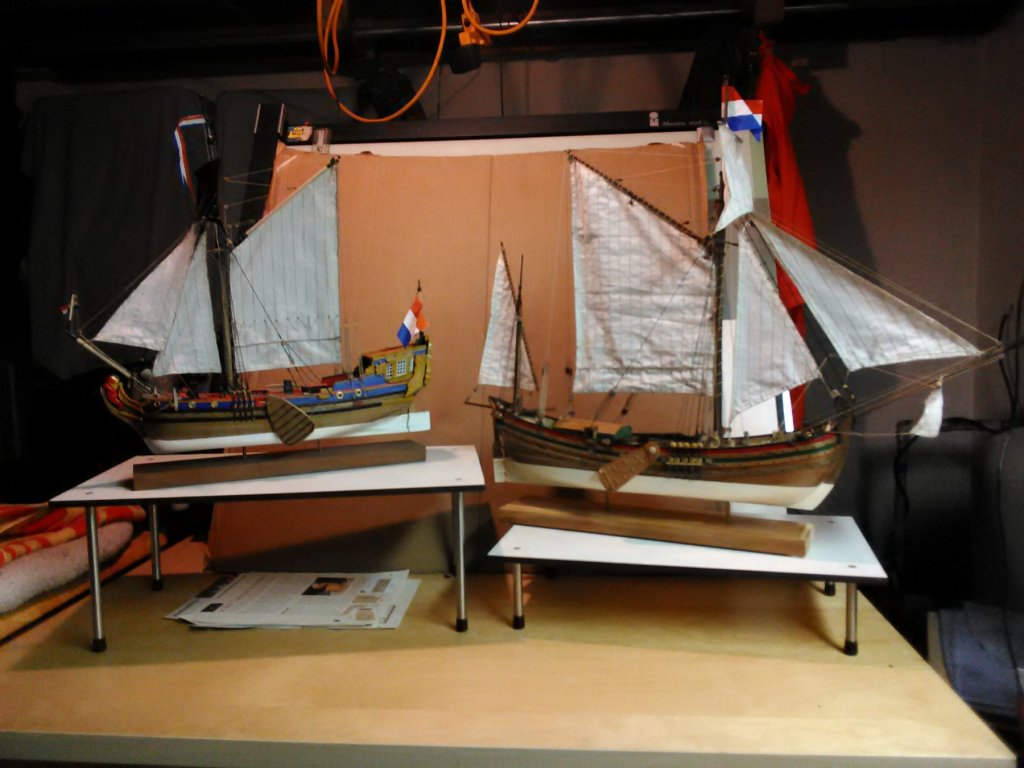
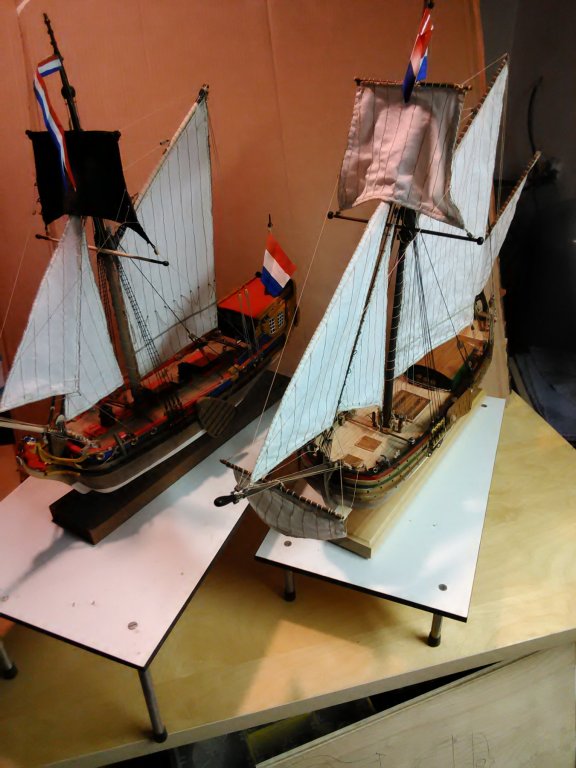
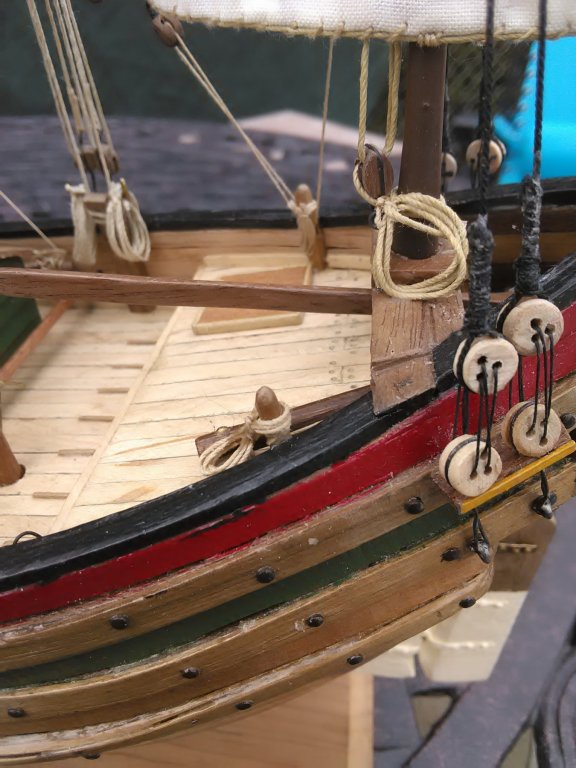
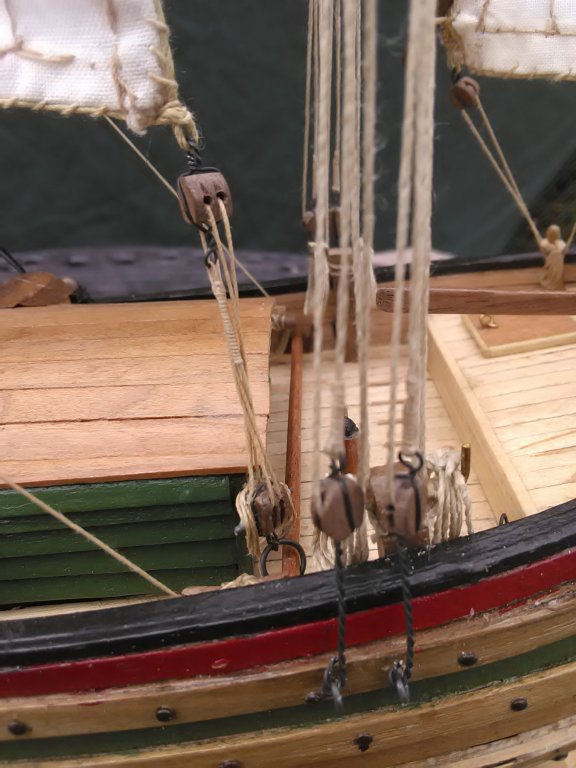
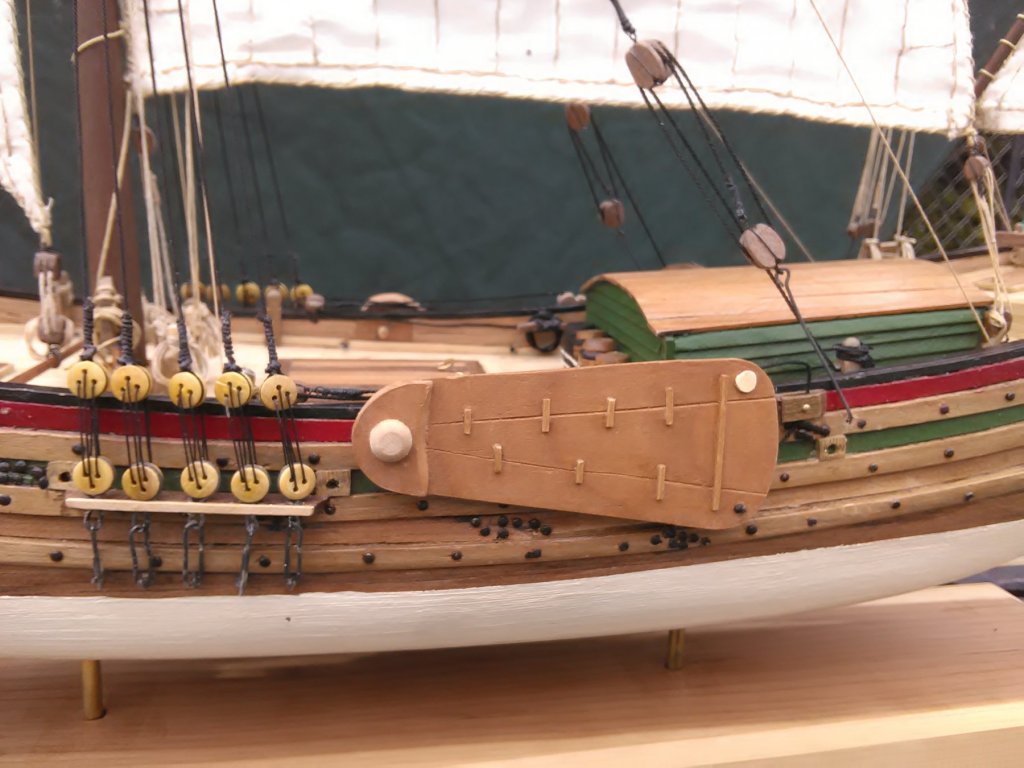
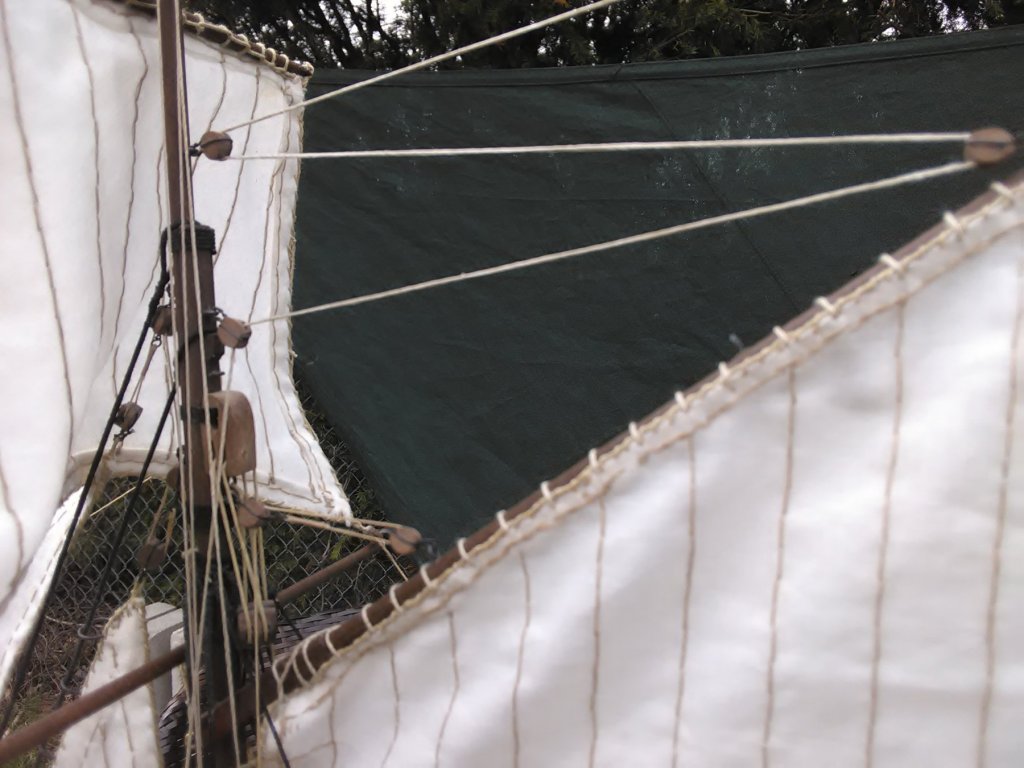
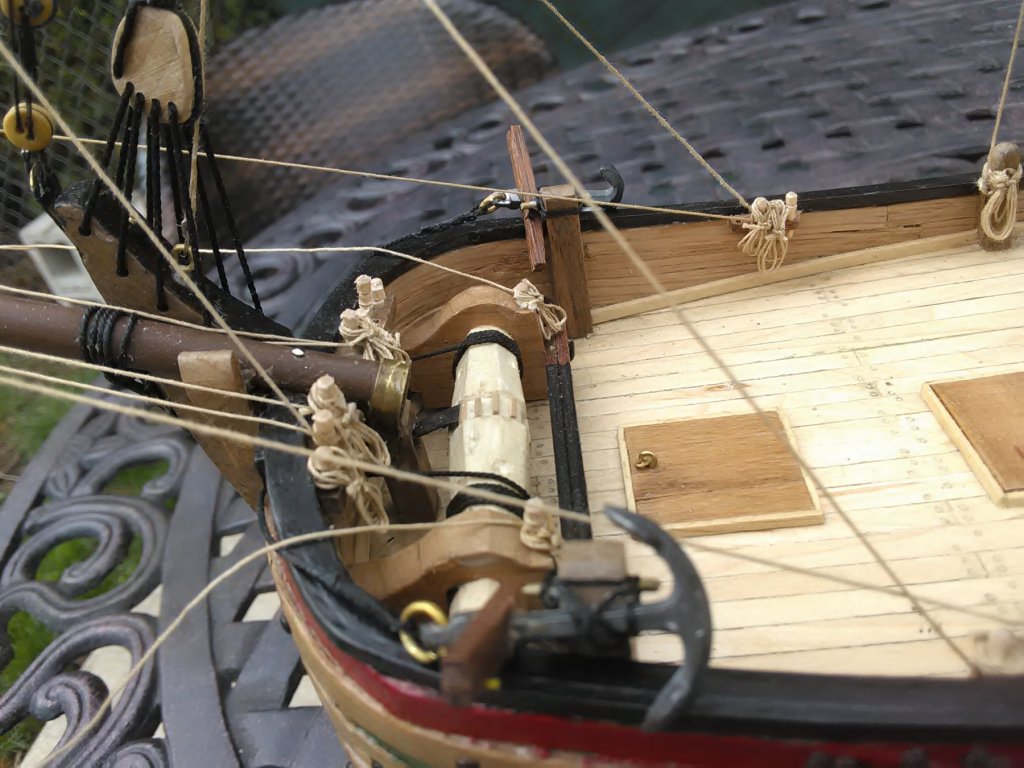
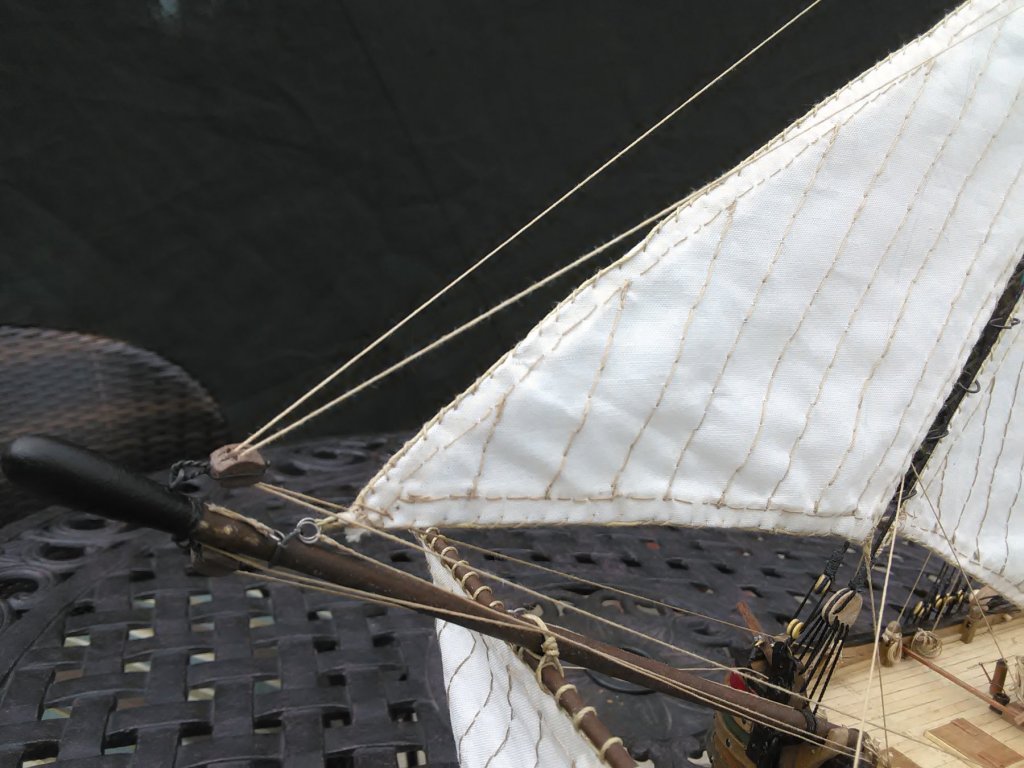
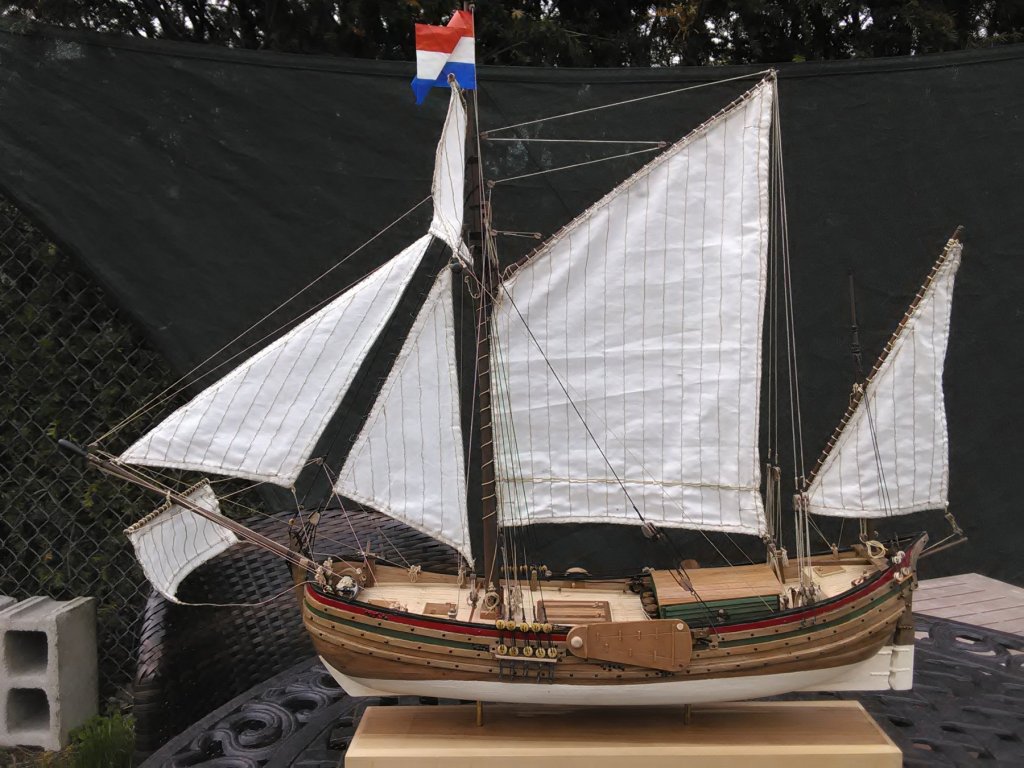
Zeehaen 1639 by flying_dutchman2 - 1:37.5 - Dutch Fluit of Explorer Abel J. Tasman
in - Build logs for subjects built 1501 - 1750
Posted
Glued the balsa spacers in between the bulkheads. Started this am with glueing 2 bulkheads and 2 balsa spacers.
Once the glue was dry, glued the two's together and ended up with 4 large pieces. Glued again the pieces together which resulted I 2 large pieces which I will put tomorrow together
Marcus